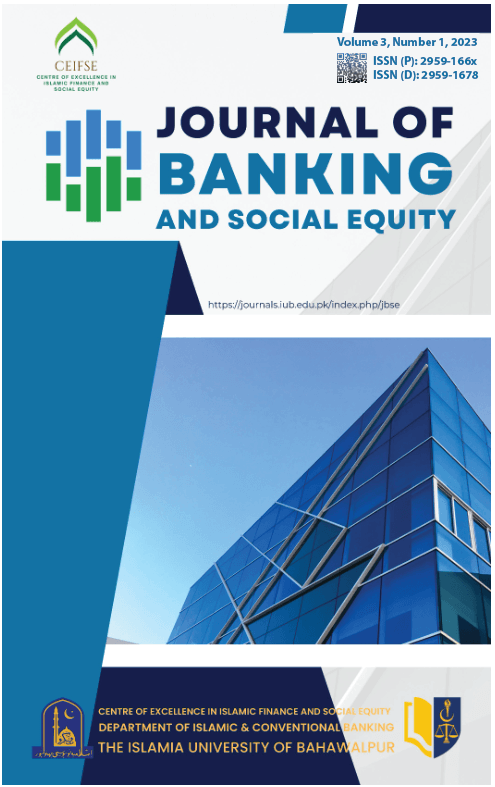AI-Driven Banking: Advertising, Brand Loyalty, Trust and Customer Experience
DOI:
https://doi.org/10.52461/jbse.v3i2.4060Keywords:
Artificial Intelligence, Advertising, Brand Loyalty, Trust in AI and Customer Experience, AI-driven BankingAbstract
Artificial Intelligence (AI) has transformed advertising by allowing brands to interact with customers on a real-time personalised basis. It enables real-time data-driven targeting and automated decision making. In the Pakistan banking industry, AI-driven advertising's impact on brand loyalty, as well as the mediation of customer experience and the moderation of trust in AI, were studied in this study. Drawing from the Stimulus-Organism-Response (SOR) model and the Technology Acceptance Model (TAM), the study examines how the introduction of AI technology triggers consumer behavior through an emotional and cognitive lens. A structured questionnaire having pre-standardized scales has been employed for quantitative study. The study collected data from 350 consumers who regularly use AI-based banking services. Statistical analyses of regression, mediation, and moderation were performed to study the interrelations of the variables. The findings diverge from much of the existing literature that supports AI’s personalization capabilities as a driver of loyalty. Possible explanations include cognitive dissonance when expectations from AI ads are unmet, lack of emotional resonance, consumer resistance due to privacy concerns, and the multi-dimensional nature of brand loyalty. These results suggest that while AI may create initial engagement, it lacks the depth required to foster lasting loyalty, especially when perceived as impersonal or misaligned with consumer expectations. The study confirmed that trust in AI significantly moderates the relationship between AI advertising and customer experience; however, the moderation effect was negative, meaning higher trust reduced the positive effect of AI on experience. This contradiction can be explained through expectation-disconfirmation theory, where consumers with low trust are more easily impressed, while high-trust consumers face disappointment if AI performance doesn't meet their elevated expectations
Downloads
Published
How to Cite
Issue
Section
License
Copyright (c) 2024 Muhammad Haroon-ur-Rasheed, Lala Rukh Shabbir, Samra Kausar, Muhammad Azeem Ahmad

This work is licensed under a Creative Commons Attribution-NonCommercial 4.0 International License.






